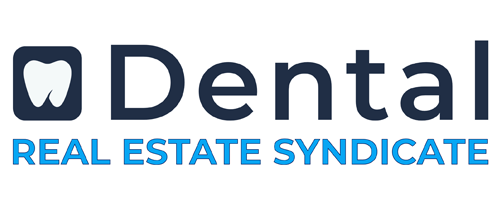When it comes to securing a commercial space, a well-structured lease is essential for both landlords and tenants. A commercial lease outlines the terms of occupancy, responsibilities, and rights of both parties, making it a critical document in the business landscape. In this article, we’ll explore the common components of a commercial lease, what landlords typically look for, tenants’ main concerns, and common concessions landlords may offer to attract new tenants.
Common Structure Components of a Commercial Lease
- Parties Involved: The lease should clearly identify the landlord (property owner) and the tenant (business operator) involved in the agreement.
- Premises Description: This section includes the specific location and physical description of the leased space, including its size and any common areas.
- Lease Term: The lease term outlines the duration of the lease, including the start and end dates. It may also specify renewal options and conditions.
- Rent and Payment Terms: This section details the rent amount, payment frequency (monthly, quarterly, etc.), and acceptable payment methods. It may also include provisions for rent increases, such as escalation clauses tied to inflation or market rates.
- Security Deposit: Most commercial leases require a security deposit to protect the landlord against potential damages or unpaid rent. The lease should specify the amount and conditions for its return.
- Operating Expenses: This clause outlines which operating expenses the tenant is responsible for, such as property taxes, insurance, and maintenance. In “net” leases, tenants may bear additional costs beyond rent.
- Maintenance and Repairs: The lease should clarify which party is responsible for maintenance and repairs. This often varies by lease type (e.g., triple net, gross lease).
- Use Clause: This section specifies how the tenant can use the leased premises. It may restrict certain activities or outline permitted business types.
- Subletting and Assignment: This clause determines whether the tenant can sublet the space or assign the lease to another party, along with any conditions that must be met.
- Termination Clause: The lease should outline the conditions under which either party can terminate the agreement, including notice periods and any penalties.
- Default and Remedies: This section explains what constitutes a default (failure to pay rent, violation of lease terms) and the remedies available to the landlord, such as eviction or pursuing unpaid rent.
- Miscellaneous Provisions: This may include terms regarding dispute resolution, governing law, and amendments to the lease.
What Landlords Look For
- Creditworthiness of the Tenant: Landlords want to ensure that tenants can reliably pay rent. This often involves assessing the tenant’s credit history, financial statements, and business plan.
- Business Stability: Landlords prefer tenants with established businesses and a proven track record, as this reduces the risk of vacancy and turnover.
- Lease Duration: Longer lease terms can provide stability for landlords, ensuring a steady income stream over time. They often look for tenants willing to commit to longer leases.
- Type of Business: Landlords may prefer certain types of businesses that align with the property’s location or demographic. For example, a landlord in a shopping district may prefer retail tenants.
- Tenant’s Improvement Plans: If tenants plan to make significant modifications to the property, landlords will want to assess these plans and their potential impact on property value.
Tenant’s Biggest Concern
- Cost of Occupancy: Tenants are primarily concerned about the overall cost of occupancy, which includes not only rent but also utilities, property taxes, maintenance, and other operating expenses. They seek to understand all potential costs associated with the lease to avoid unexpected financial burdens.
- Flexibility and Stability: Tenants often want flexibility regarding lease terms, particularly in uncertain economic climates. They may be concerned about penalties for early termination or difficulties in subletting.
- Condition of the Property: Tenants want assurances about the condition of the property, including necessary repairs or upgrades, to ensure that it meets their business needs.
- Renewal Terms: Tenants may also be concerned about the terms of lease renewal, seeking favorable conditions to continue their business operations without excessive rent increases.
Common Concessions Offered by Landlords
To entice new tenants, landlords may offer various concessions that make the lease agreement more attractive:
- Rent Abatement: Landlords may offer a period of free rent at the beginning of the lease to help tenants establish their businesses without the immediate financial pressure of rent payments.
- Tenant Improvement Allowances: Landlords might provide financial assistance for renovations or improvements to the leased space, allowing tenants to customize the property to fit their operational needs.
- Flexible Lease Terms: Landlords may offer shorter lease terms or more flexible renewal options, appealing to businesses wary of long-term commitments.
- Lower Rent: In competitive markets, landlords may reduce the initial rent to attract tenants, especially if the property has been vacant for a while.
- Increased Parking or Utilities: Landlords may enhance the property’s appeal by offering additional parking spaces or covering some utility costs as part of the lease agreement.
Conclusion
A commercial lease is a crucial document that outlines the rights and responsibilities of both landlords and tenants. Understanding its components, what landlords seek, tenants’ primary concerns, and potential concessions can lead to more favorable agreements for both parties. By navigating the complexities of commercial leases with careful consideration, both landlords and tenants can establish successful, mutually beneficial business relationships.

